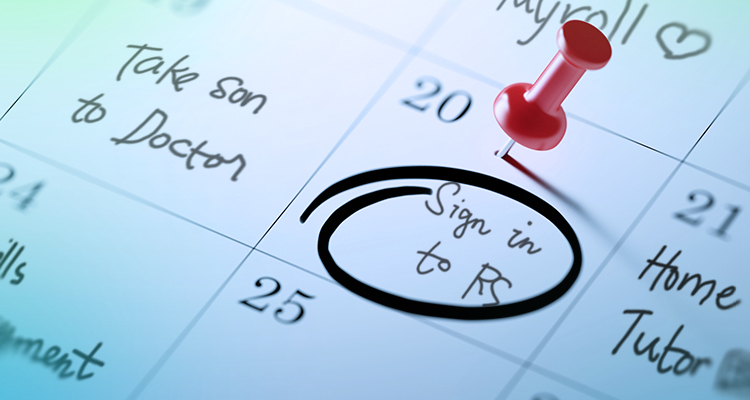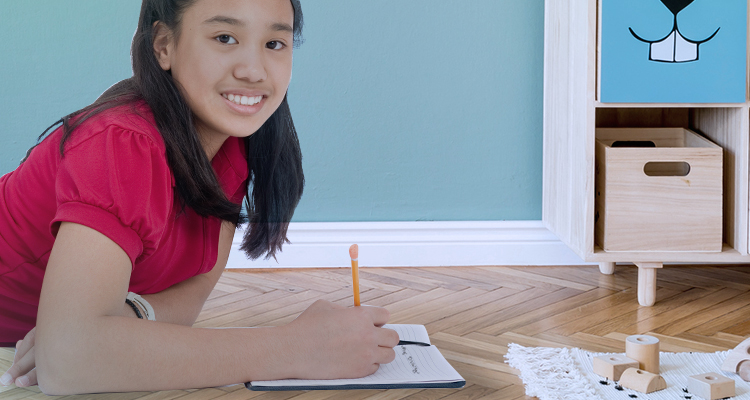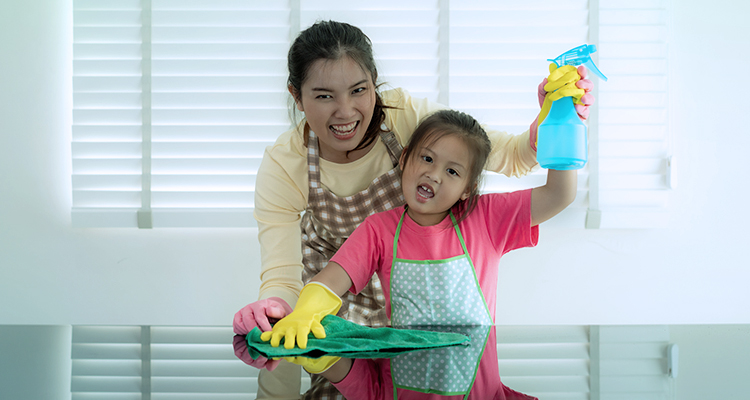Do you remember that viral BBC interview where a little girl and her baby brother barged in on their dad’s interview? Their father, Professor Robert Kelly, was in the midst of talking about political tensions in Korea when it happened, and you could see that he was trying so hard to keep a straight face amidst it all.
The best part? The kids’ mother slides in utterly horrified and ushers, no, drags the children out of the room and crawls back to shut the door. I swear, you cannot make this crap up.
Now, what did that long-winded introduction have to do with today’s topic? Well, given that the whole of Luzon is under “enhanced community quarantine,” parents who are lucky enough to work from home are probably experiencing the same thing.
Oh, sure, working from home means you get to spend more time with your kids. However, it doesn’t mean they can’t drive you nuts while you’re at it. Ooh, and vice versa. FOR AN ENTIRE MONTH.
Fortunately, there are some things you can do to ensure that you and your little ones stay sane throughout the quarantine period:
If possible, seek assistance from helpers.

One of the advantages of living in the Philippines is that you might have a helper or two at home. If so, you can ask them to keep an eye on your kids during certain parts of the day (i.e., while you work).
This is especially helpful if your kids are under 5 years of age and are particularly rowdy. You wouldn’t want to be conducting a conference call amidst all the screaming and yelling in the background.
Just make sure to cut some time into your day to see your kids, of course, and that they can still come talk to you when it’s really, really, really important.
Set up a schedule – for yourself and your kids.

An abundance of free time may sound like heaven to a child (and to many adults) first. However, those who are reading this days into quarantine might beg to differ.
Structure is important, be it in work or in play. Thus, it’s important to maintain a semblance of such in times of uncertainty. We’re not just talking about those ridiculously organized and color-coded children’s schedules on Instagram that no one really follows either.
Nope, instead, why not divide the day into blocks? Mornings can be set aside for grooming. These include bathing, getting dressed, making one’s bed, and so on. This can then be followed by breakfast (ideally taken together), working on any school assignments or, for the younger kids, playtime with blocks, dolls, and other tactile toys.
Lunch (again, ideally taken together) can then be followed by screen time. Kids can perhaps FaceTime with their grandparents (and thus convince the latter to stay home as well), go on a digital museum tour, or watch their favorite movies.
Conversely, your schedule should mirror theirs in a way. Grooming in the morning, sitting down to work, lunch, sitting down to work (yep, adulting can suck, but not everyone gets to work from home, so it’s cool), and then unwinding with family members sounds like a good plan.
Stick to the schedule.

This is so important that it deserves its own place on the list. To establish a routine, consistency is key.
Oh, this doesn’t mean you should follow the schedule to the letter. Anyone who has little children will attest to how difficult it can be to get them to do that. Nope, what this means is that your day should have a general structure that’s predictable enough.
For example, your kids should be used to you disappearing into your home office or putting on your work face after breakfast, doing the same again after lunch, and then continuing until dinnertime. Children pick up on such rhythms quite easily and with enough consistency, they’ll also follow suit and find other ways to occupy their time.
If they’re old enough, let your kids have a say in the activities scheduled.

This way, they’re more likely to cooperate. They can perhaps chime in on what sort of activities they’d like to do in the mornings (AFTER they’ve washed and dressed, mind you), any exercises they’d like to do, and what movies they’d like to watch in the afternoon.
Do brace yourself if your youngest requests weeklong reruns of “Frozen” or “Frozen II.” Let it go.
Assign chores.

Now is the perfect time for your kids to learn how to pick up after themselves and to help out around the house.
You can ease them in, just so they don’t get too overwhelmed. Assign chores according to their ages too. For instance, younger kids can put their toys away or help clear the table. Older kids, meanwhile, can help out with more complex tasks like doing laundry, cooking, and looking after their younger siblings.
Also, do make allowances for spills and tiny accidents. They’ll get there eventually, and your family will be all the better for it.
Stay safe, everyone! And if possible, #StayHome.

